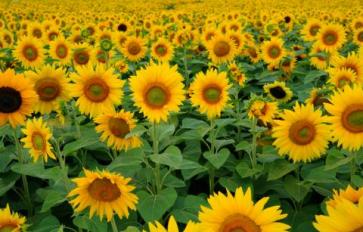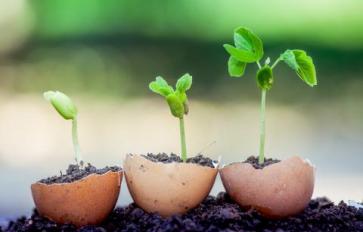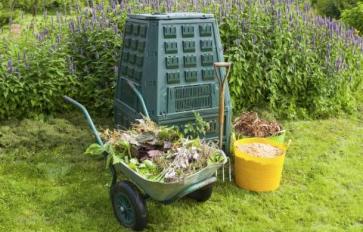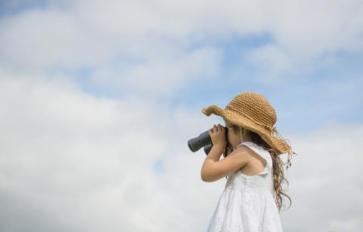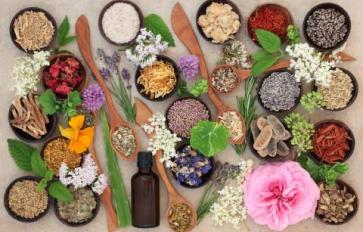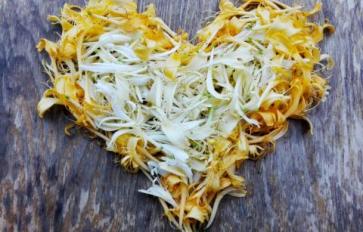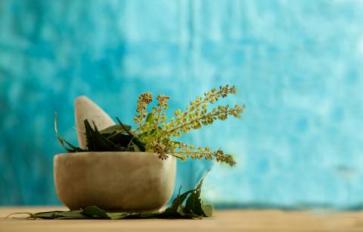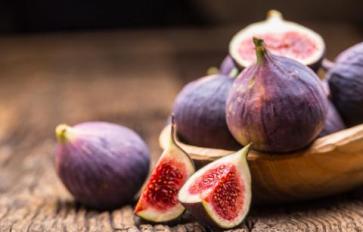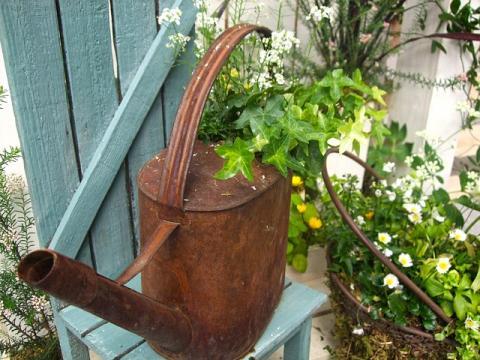
We’ve all heard that bees are declining at rapid rates, and that many environmental stressors (including neonicotinoid pesticides) are the culprit. Neonics play a particularly integral role in the collapse of bees because they make the bees more susceptible to these environmental stressors that they are often otherwise immune to.
Some of these environmental stressors or conditions are things we might not think of: lawns and lack of flowers to pollinate, for example. So, how can you personally help the bees? Head down to your local (we love supporting local business at Basmati), organic nursery and plant some flowers in your yard.
But, what types of flowers and plants should you plant in your home garden or yard? Below is a list of plants that benefit pollinators!
First, a few things to consider (more on this here):
- It is best to plant flowers and other plants that are native to your region as care may be easier and the bees are already regionally adapted to these plants.
- Try to stick with single flower tops as they contain more nectar and easier accessibility than their double headed counterparts.
- It’s helpful to plant a few different types of flowers and other plants to have more than one bloom season per year – providing honeybees and other pollinators with food for more of the year.
- Take it easy on the fall cleanup: pollinators and many other creatures use leaves as habitats year round. Also, avoid the leaf blowers if you can!
- Create a bee bath to provide clean water to your little gardeners. But make sure that the container is filled with marbles, pebbles, and/or twigs so the bees can land while drinking and don’t risk drowning. Bees will quickly learn this is a great place to return and get fresh water!
Here’s a list of plants you can grow in your backyard or garden to support pollinators:
PLANT
FOR
POLLINATORS
Anemone
Alstroemeria
Aubretia
Aster
Bee Balm
Blanket Flower
Bluebell
Borage
Buttercup
Butterfly Bush
Calendula
Catmint
Clover
Cilantro
Cleome
Coneflower
Crocus
Fennel
Forget-me-not
Daylily
Daisy
Hollyhock
Lavender
Lantana
Lilac
Lion’s Tail
Milkweed
Mint
Oregano
Pansy
Primrose
Penstemon
Pincushion Flower
Red Hot poker
Salvia
Sage
Sunflower
Sweet Alyssum
Thyme
Yarrow
Zinnia
As with any plants and flowers, make sure the seeds & plants you purchase are not treated with neonicotinoid pesticides. It is equally important to not use neonicotinoids in your pest management plans. If you have landscapers, talk to them about the importance of avoiding application of neonics. Lastly, get on your area’s ‘NO SPRAY’ list to avoid pesticides applied by the city or county in which you live.
This article originally appeared on www.simplybee.org

